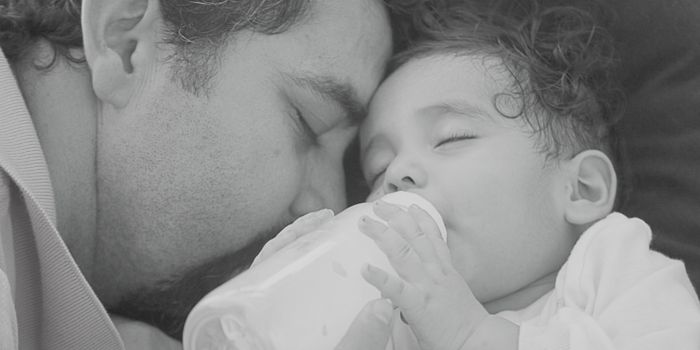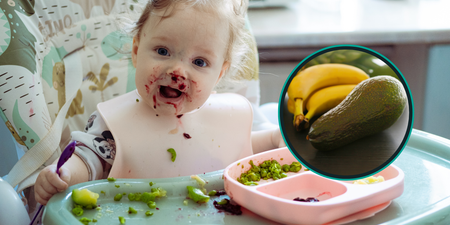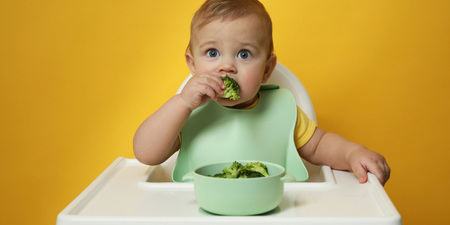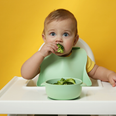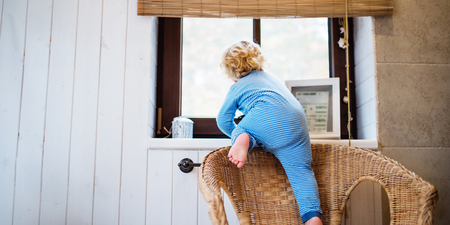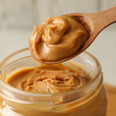Some of you mentioned that the ‘dream feed’ was something that worked well for you, certainly until the babies were nicely established on solid food. Others were intrigued; they had heard of it but had never really put it into practice. More often than not, I’ve found it to be really helpful when working with families. The real beauty of it though, is that both breast and bottle-fed babies can be dream-fed with relative ease.
A dream feed should ideally happen about three or four hours after baby goes down for the night. It’s a simple feed, whereby you lift the little one (without waking them, as such) and offer a breast or bottle feed. Apart from satisfying hunger, another great reason to consider it that Mum can go to bed early, and then, at around 10.30pm or 11pm, Dad, on his way to bed, could offer this feed (of formula or expressed milk) from a bottle. Allowing mum to grab some hopefully uninterrupted snooze time before the next feed or in many cases, morning.
Put simply, this ‘dream feed’ involves picking the baby up while he or she is still asleep, offering a feed, and then placing the baby back in the cot with as little disruption as possible. Usually, winding is not even necessary at this time as their little bodies are so relaxed, they are hardly even aware that it’s happened. For children aged from five or six months, I suggest not changing their nappy at this time, as this can rouse them – and you don’t want that happening.
Some babies can be extremely sleepy when you lift them for this ‘dream feed’, and parents often worry they’re not managing to get them to drink enough. It can be difficult to encourage them to drink, or indeed latch on if you’re breastfeeding, but they can be equally as determined not to drink from a bottle.
So, how can we encourage infants to take this feed?
1. Stimulate the inside of the baby’s cheek with the teat of the bottle to encourage your baby to start sucking. Gently touch the baby’s lips with your nipple if you are breastfeeding.
2. Take a piece of cooled wet cotton wool and wipe it along baby’s jaw line.
3. Gently reposition your baby in your arms to slightly rouse the little one without waking baby fully – just enough to notice the first signs of sucking or drinking.
4. Give the baby’s cheek or chest a gentle rub.
If you find your little one is waking before you get the chance to dream feed, simply go in a little earlier and feed as planned. So, if you were planning to feed at 11pm but baby insists on waking regularly at 10.45pm, go up and start the dream feed at 10.30pm instead. The idea is to get them fed before they surface from sleep. This reduces the likelihood of it becoming an expectation when they wake later at night.
Dropping the dream feed
Once your baby is eating well and is fully established on three meals a day, you can try dropping the dream feed. (I suggest no longer than seven months or so if bottle fed and usually a little later if breastfed). There are two ways of doing so:
1. Simply decide one night not to give it and hope for the best. You may be pleasantly surprised.
2. Gradually reduce the amount of milk you give your baby at this feed, over the course of a week. So if you started by giving your little one seven ounces (210 mls) in their dream feed; on the first night reduce to five ounces (150 mls); on the second and third nights reduce to four ounces (120 mls); and further reduce on the fourth and fifth nights to 2–3 ounces (90 mls) and then nothing. Shorter breastfeeds each night over a week or so is the alternative for breastfeeding mums.
I am a huge fan of the dream feed and sometimes I will even encourage it in the short term, with babies older than seven months when we are doing a little night-time training, so we can satisfy ourselves that hunger is not the reason for persistent wake-ups.
The dream feed divides many of us. For some it works really well and for others it’s a little less helpful. I like it however and more often than not you will see positive results.
Try it, see if you agree. But like anything, try to be consistent. Don’t give up just because it doesn’t seem to work on the first night. Give it a little time.
Niamh O’Reilly is a sleep coach. She’s also a baby and childcare guru, a ‘parent nanny’ and the answer to many a weary parent’s woes. When it comes to baby and child issues, Niamh is your woman. Always on hand to offer a no-nonsense solution, in an approachable way.
